If you are anything like me, you have probably asked yourself, “am I actually doing this right?” when you’re in the middle of treating a child.
So when Dr. Lynn Williams agreed to answer some questions about the Multiple Oppositions approach on Instagram Live, I was kind of shocked. And then I was amazed that she was so willing to give her time and share years of research to answer the questions that SLP’s really wanted to know.
The feedback during and after the Live was something that neither of us anticipated. We read how you listened to the chat twice, felt like you could have earned CEUs, took notes, and were mindblown at what you had heard.
The sixty-minute conversation primarily focused on the Multiple Oppositions therapy approach for children with phonological disorders. But we also touched on the number of practice trials, what to do when your child isn’t stimulable, charts to use for analysis, and an app that you can use to help you choose targets.
With Lynn’s help, I’ve compiled a list of articles, apps, textbooks, and charts that we mentioned during our discussion.
Videos
WATCH the discussion between Dr. Lynn Williams and Rebecca Reinking on YouTube.
LEARN about analyzing phoneme collapses and ideas for target selection in this five-minute video (filmed by Rebecca Reinking). Please note that since I did not have access to the worksheets that Lynn provided (below), but they would really support your decision-making if you used this approach in the future.
Free Resources
Lynn has very generously shared charts, analysis, and data collection sheets. Please respect Lynn’s materials and know that this is her copyrighted work, which she has permitted me to share on this site.
This treatment framework can be useful for determining how a child advances with word-based contrastive approaches, including Minimal Pairs intervention, Multiple Oppositions, Maximal Oppositions, or Treatment of the Empty Set. I would highly recommend printing and laminating this chart so that you can refer to it during treatment.
Consonant Phoneme Collapse Worksheet – for initial position. This worksheet is useful in helping you analyze a child’s speech sound collapse. Download a sample version to see how you would complete it.
Consonant Phoneme Collapse Worksheet – for final position. This worksheet is useful in helping you analyze a child’s speech sound collapse.
Vowel Phoneme Collapse Worksheet.
Multiple oppositions data sheet (to use when implementing the multiple oppositions approach. Download a sample version to see how you would complete it.
Contrasts data sheet (to use with minimal pairs, maximal oppositions, empty set). Download a sample version to see how you would complete it.
Place-Manner-Voice error pattern analysis chart. Please note that this chart is different from the Place-Manner-Voice chart that was shown in the video.
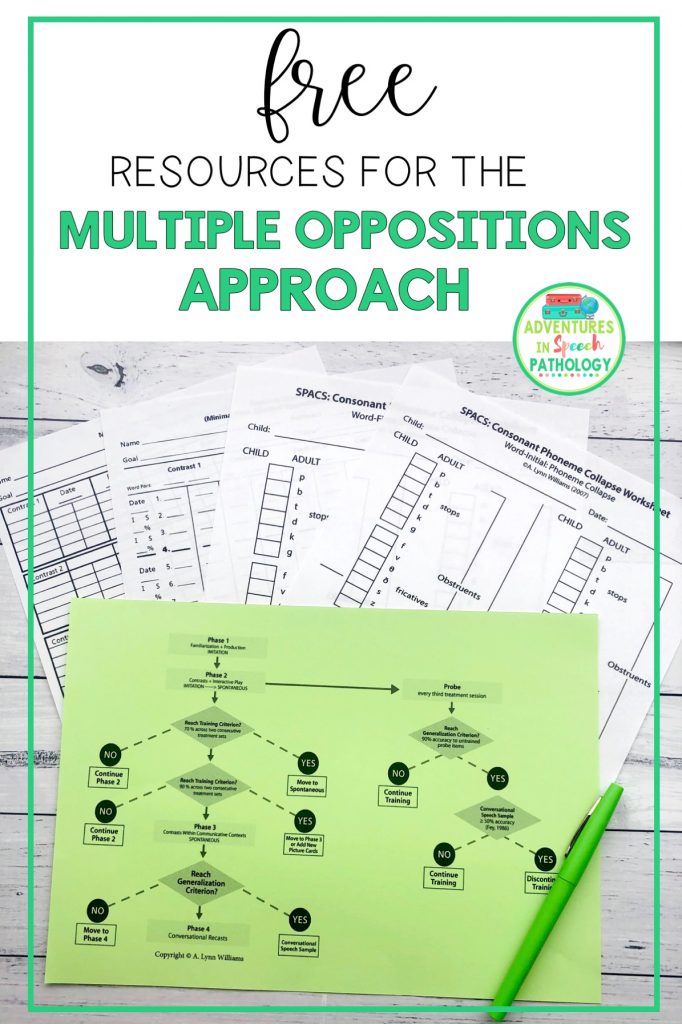
Journal Articles
Allen, M. M. (2013). Intervention efficacy and intensity for children with speech sound disorder. Journal of Speech, Language, and Hearing Research, 56, 865-77.
Baker, E., Williams, A., McLeod, S., McCauley, R. (2018). Elements of phonological interventions for children with speech sound disorders: The development of a taxonomy. American Journal of Speech-Language Pathology, 27(3), 906-935.
Sugden, E., Baker, E., Williams, A., Munro, N., Trivette, C. (2020). Evaluation of Parent- and Speech-Language Pathologist Delivered Multiple Oppositions Intervention for Children With Phonological Impairment: A Multiple-Baseline Design Study. American Journal of Speech-Language Pathology, 29(1), 111-126.
Williams, A. L. (2000a). Multiple oppositions: Case studies of variables in phonological intervention. American Journal of Speech-Language Pathology, 9, 289–299.
Williams, A. L. (2000b). Multiple oppositions: Theoretical foundations for an alternative contrastive intervention approach. American Journal of Speech-Language Pathology, 9(4), 282–288.
Williams, A. L. (2012). Intensity in phonological intervention: Is there a prescribed amount? International Journal of Speech Language Pathology, 14(5), 456–461.
Apps
• The Sound Contrasts in Phonology (SCIP app) developed by Dr. Lynn Williams and EBS Healthcare.
• Articulation Assessment Toolkit developed by Smarty Ears.
Books
• Williams, A. L. (2010). Multiple oppositions intervention. In A. L. Williams, S. McLeod, & R. J. McCauley (Eds.), Interventions for speech sound disorders in children (pp. 73–94). Baltimore, MD: Brookes.
* please note that the updated second edition will be available later in 2020.



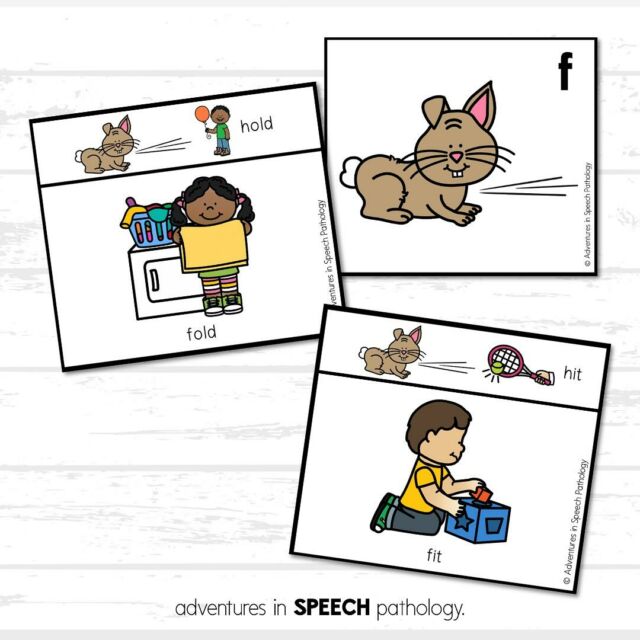

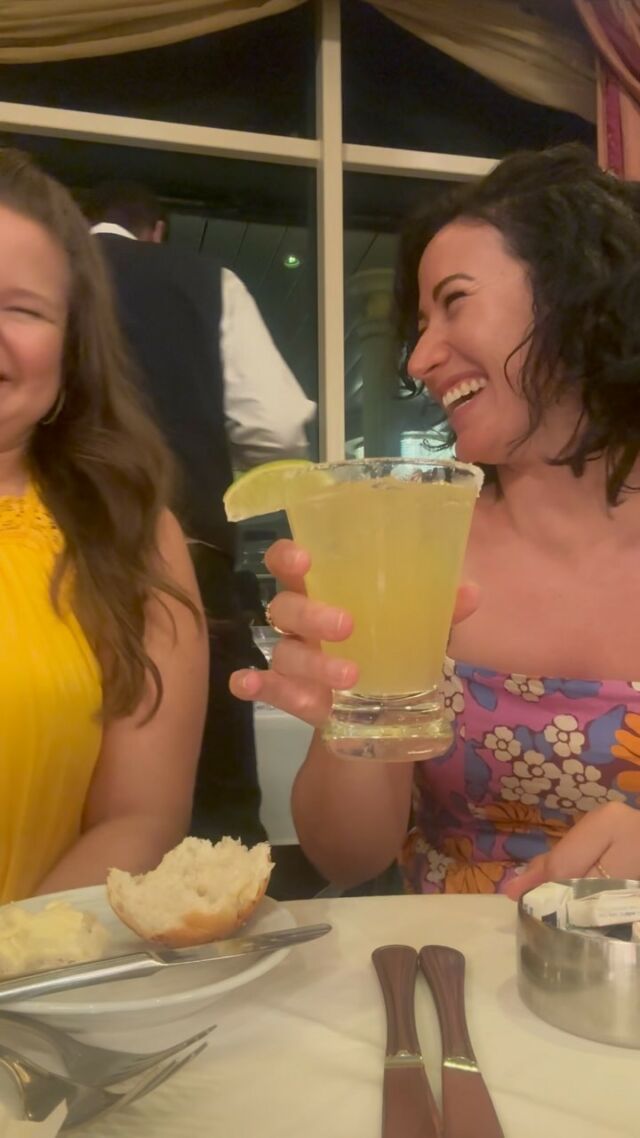


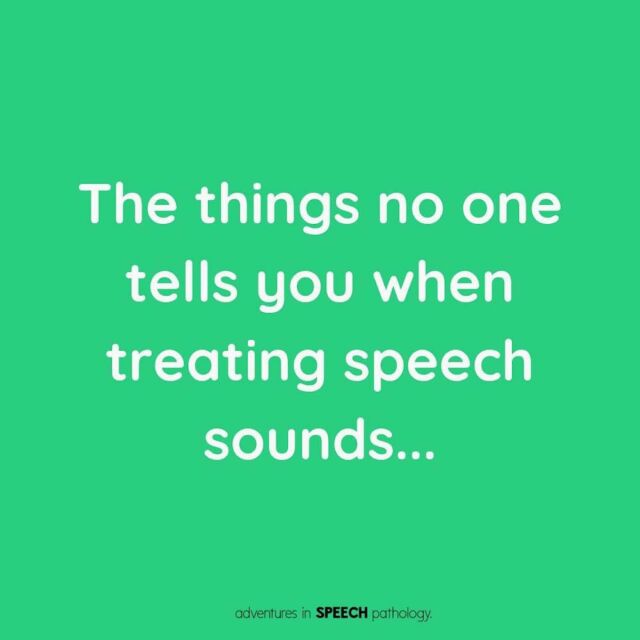
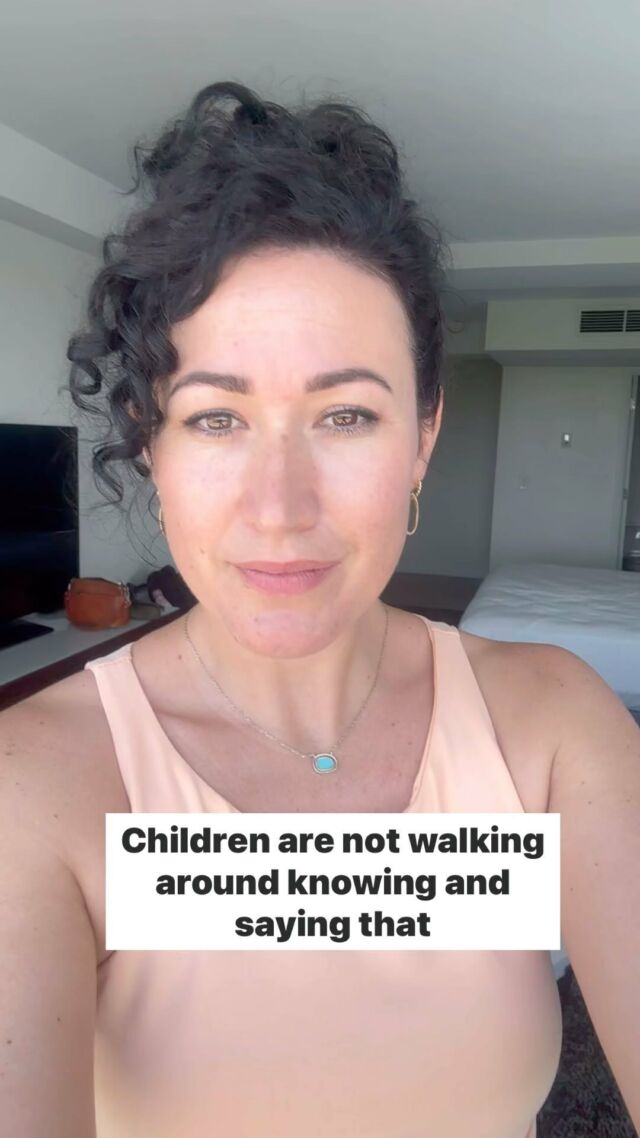

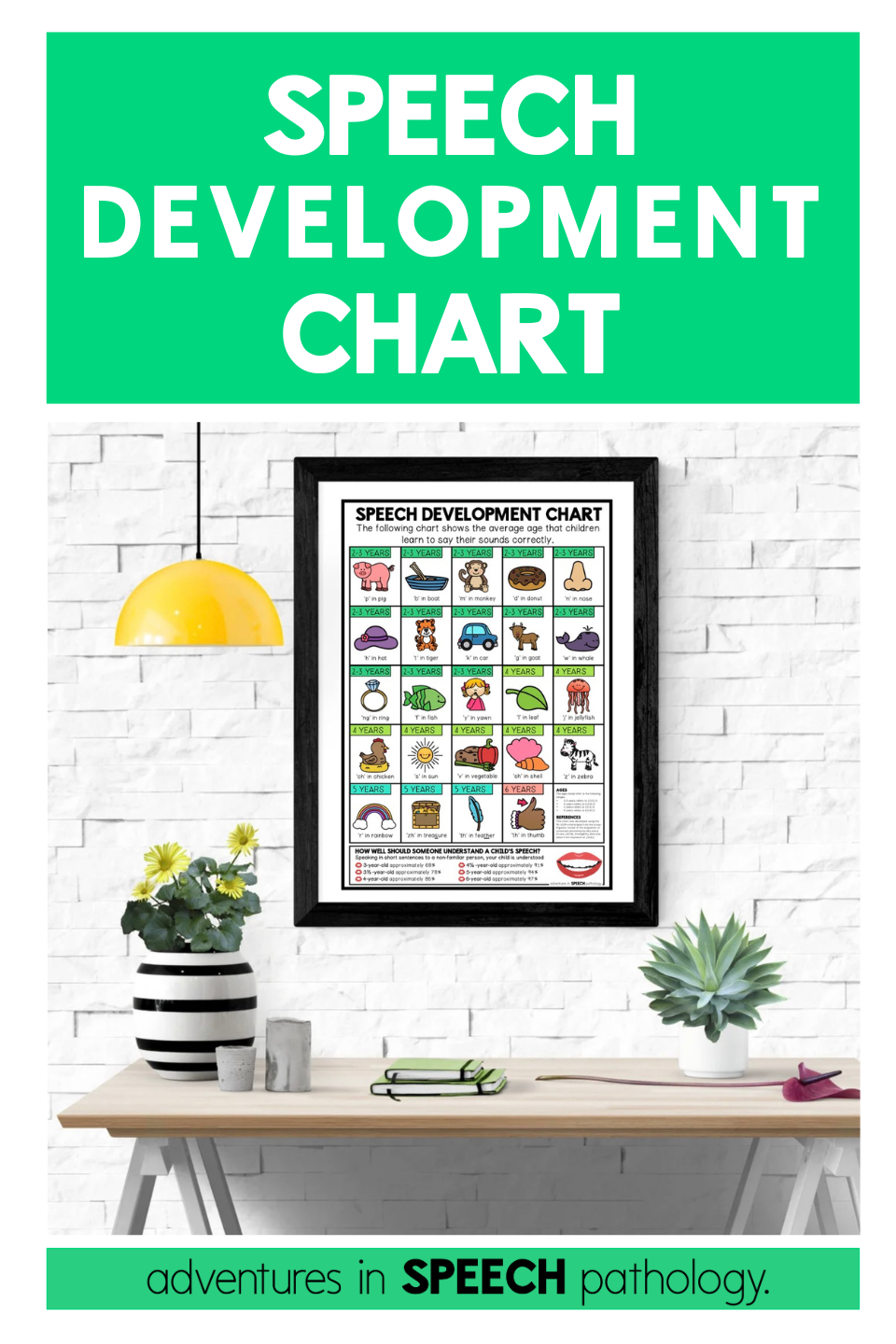
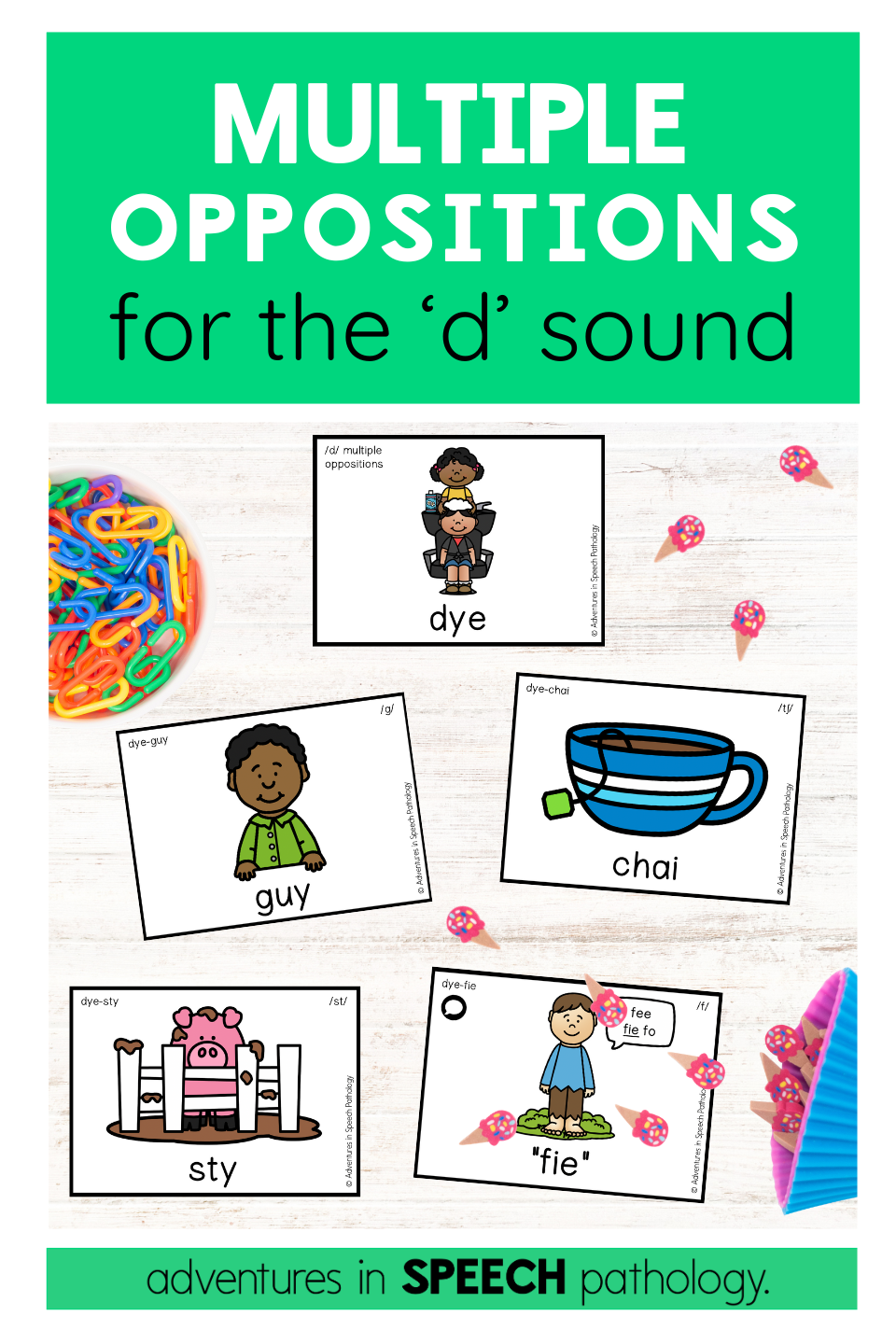


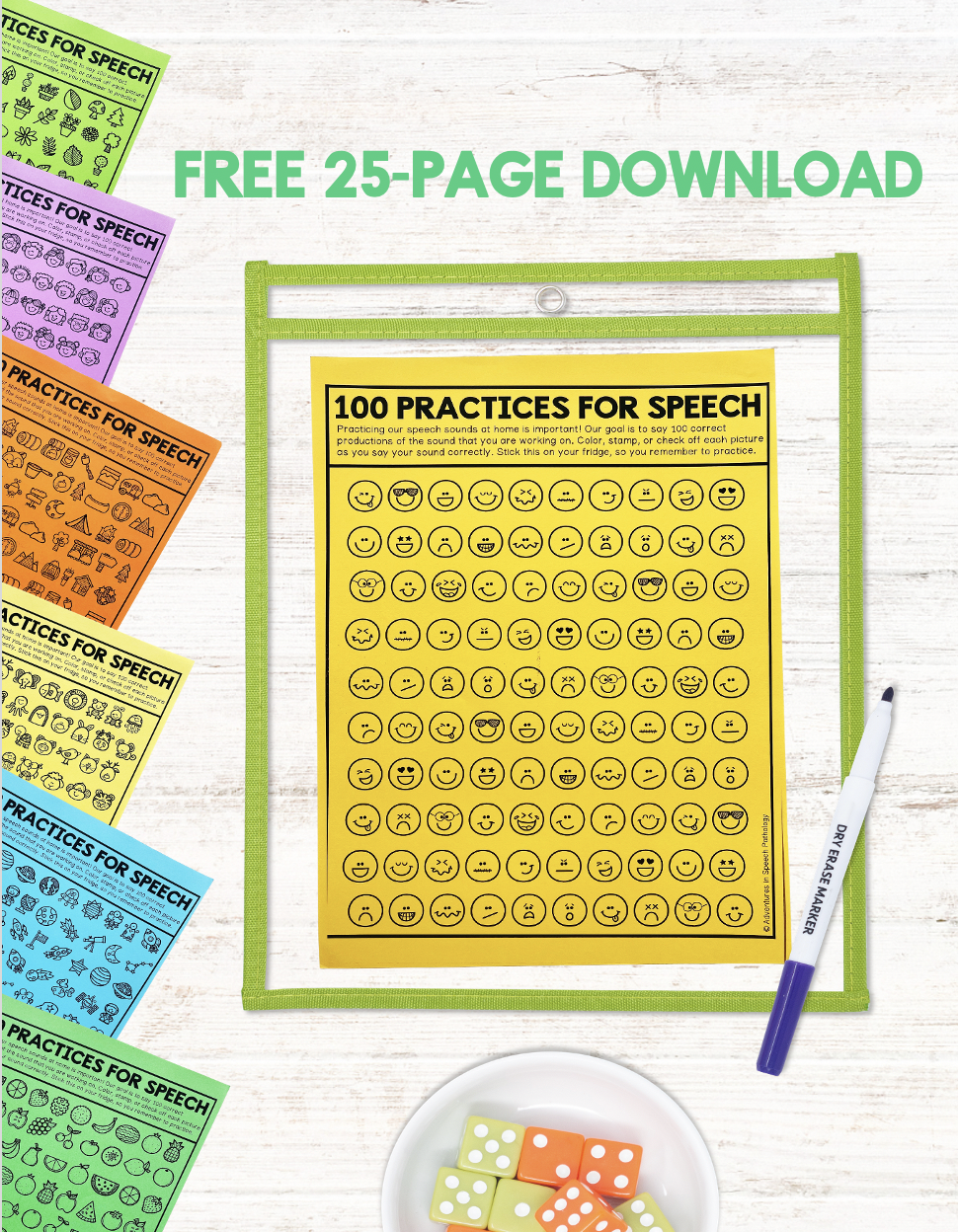


13 Comments
Thank you both so very much! I’m SO appreciative of the information – I just bought the SCIP app and have learned a lot just reading the manual! I feel much more confident using these approaches after reading your blog and reading the journal articles.
That’s wonderful to hear! You can make so much progress when you choose an approach that best matches your child’s difficulties.
Is it still considered a phoneme collapse (and thus make sense to use multiple oppositions) if it’s only happening in certain positions of the word? For example, he can produce certain sounds in medial and/or final, but for initial substitutes an /h/.
Hi Emily,
This is a great question for Dr. Lynn Williams to answer. I’d recommend you get in touch with her.
Thank you for the presentation, it was so informative.
I will definitely look into acquiring the app.
Thanks, Susan, I definitely learned a lot as well!
this is amazing! I have practiced for over 20 years and have never heard of this (or don’t remember it from the super sonic train we call graduate school!!). Thank you for reposting this and the video with Dr. Williams! It was so informative and applicable! I will put this into use TODAY!
It’s a wonderful approach to know, especially when a child has a phoneme collapse!
Thanks so much for this valuable information! I have a student who is substituting “g” for a variety of sounds in medial position, and “k” for a variety of sounds in medial and initial position. Is it possible to do multiple oppositions with medial position?
This is great information! do you have a blog on implementation for the multiple oppositions approach? Or can you recommend a resource that I can checkout to learn more about implementation?
The Interventions for Speech Sound Disorders in Children 2nd Ed has an entire chapter on Multiple Oppositions
for the SPAC data sheet, I am confused as to what you put in the adult column? The sounds the child doesn’t have? It is confusing to me that the same sound is handwritten next to the adult sound. Is there a blog of video that explains this? I looked and looked and could not find one!
Hi there, there is also an example of a completed chart that Dr Lynn Williams provided to help SLPs understand how to fill it in.